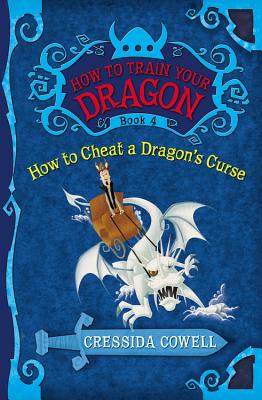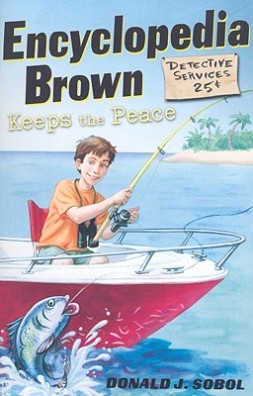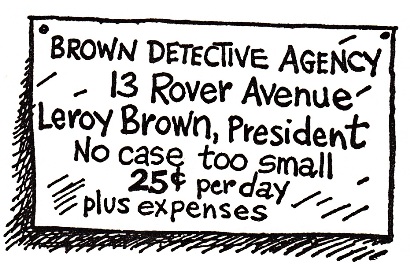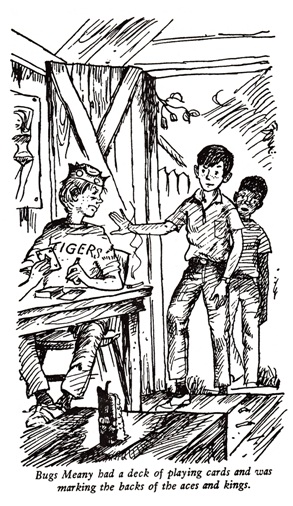And we’ve come to the end of our week! (Cue the Rebecca Black song.) Welcome to the FIFTH installment of What We Took Out From the Library Last Week, our new series in which we spend an entire business week profiling the various books that my five-year-old daughter and I checked out from our local library last week. We came home with five books and we’ve been listing the books in the order they were selected, so today we’ll talking about the fifth and final book we chose to take home with us. Our fifth title was a chapter book – How to Cheat a Dragon’s Curse, the fourth book in the “How to Train Your Dragon” series by Cressida Cowell, which follows the “heroic misadventures” of a young Viking-in-training named Hiccup Horrendous Haddock III.
You might be familiar with the name “How to Train Your Dragon” from the successful (and actually very good) 2010 DreamWorks animated movie, which was based on the original book.
But before I start talking about How to Cheat a Dragon’s Curse, you need to know THREE things:
1. The How to Train Your Dragon movie was a very, very loose adaptation of the original book. (There are some significant differences.)
2. We have not actually finished reading How to Cheat a Dragon’s Curse. We’ve only had it out for a few days and it’s a 272-page book. My daughter and I read a few chapters at bedtime most nights (but I don’t out her down every night). So… I won’t be talking about many specifics regarding How to Cheat a Dragon’s Curse.
3. I absolutely love – LOVE – the How to Train Your Dragon series. For me, it will forever be the first chapter book series that my daughter ever fell in love with, which has won it a very special place in my heart.
Are we all set on my three very important things? (Insert self-mocking emoticon here.) I opened with those because I really wanted to establish exactly why my five-year-old was checking out the fourth chapter in a series of juvenile novels for young readers. It’s because she’s over the moon for the adventures of Hiccup Horrendous Haddock III and she’s INSISTING that we read every single book in the series.
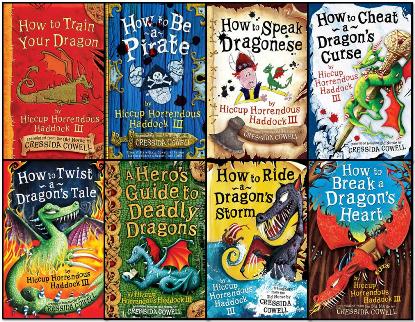
The first eight books in the “How to Train Your Dragon” series. The ninth book – “How to Steal a Dragon’s Sword” – is not pictured.
So, how did we start reading the How to Train Your Dragon series? Well, long-time readers of this blog will remember that, in the past, my daughter would never, ever let me read longer books with her at bedtime. At the time, the longest title we’d ever read to her at bedtime was probably one of Kate DiCamillo’s Mercy Watson books. But several parents we knew were already reading their children chapter books and early YA novels at bedtime, raving about how their kids were just LOVING the first Harry Potter books, Brian Selznick’s The Invention of Hugo Cabret, and so on. And my wife and I – we wanted in on that action. It just sounded like way too much fun. [read the rest of the post…]
{ 2 comments }
